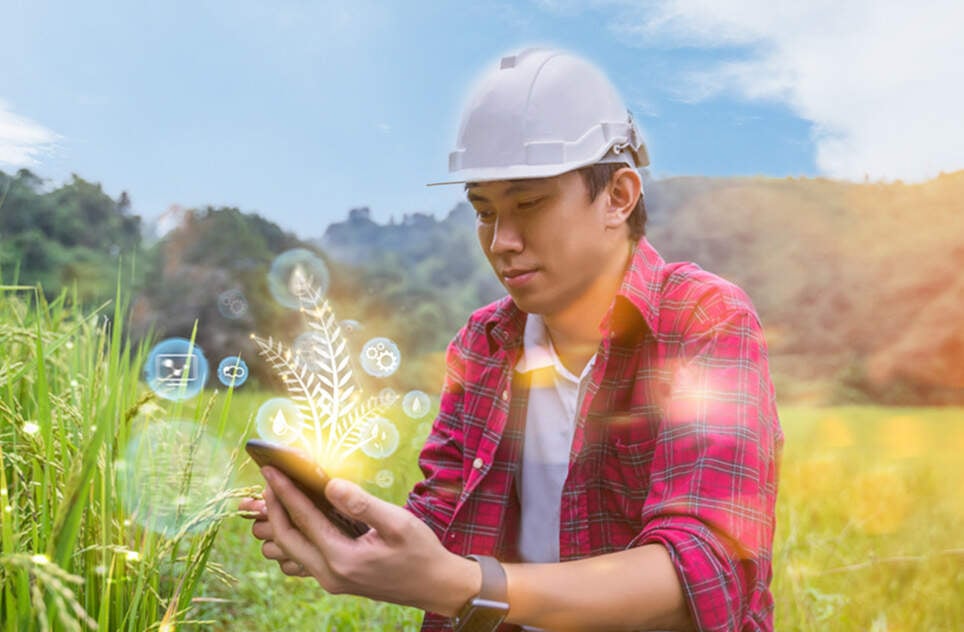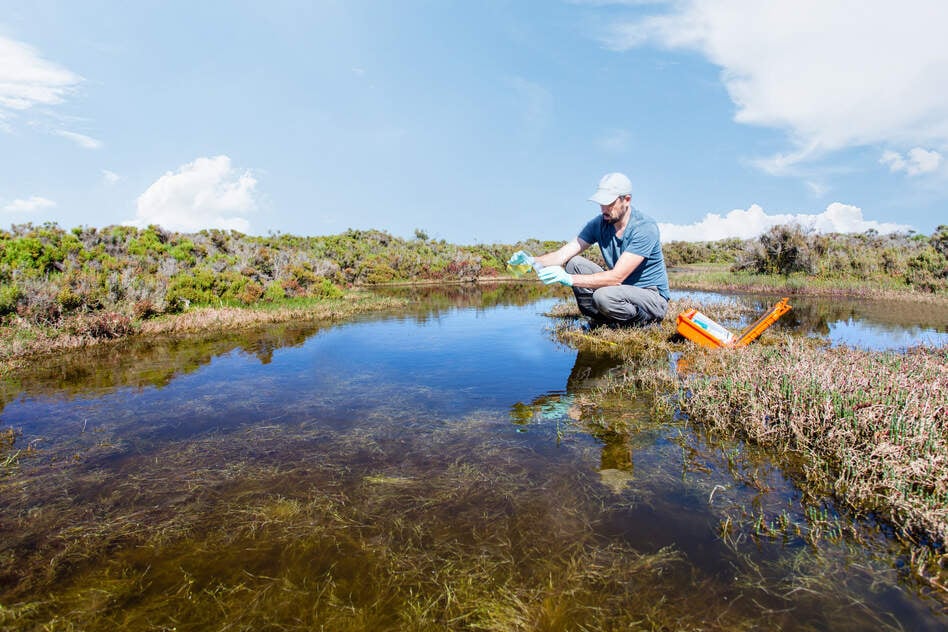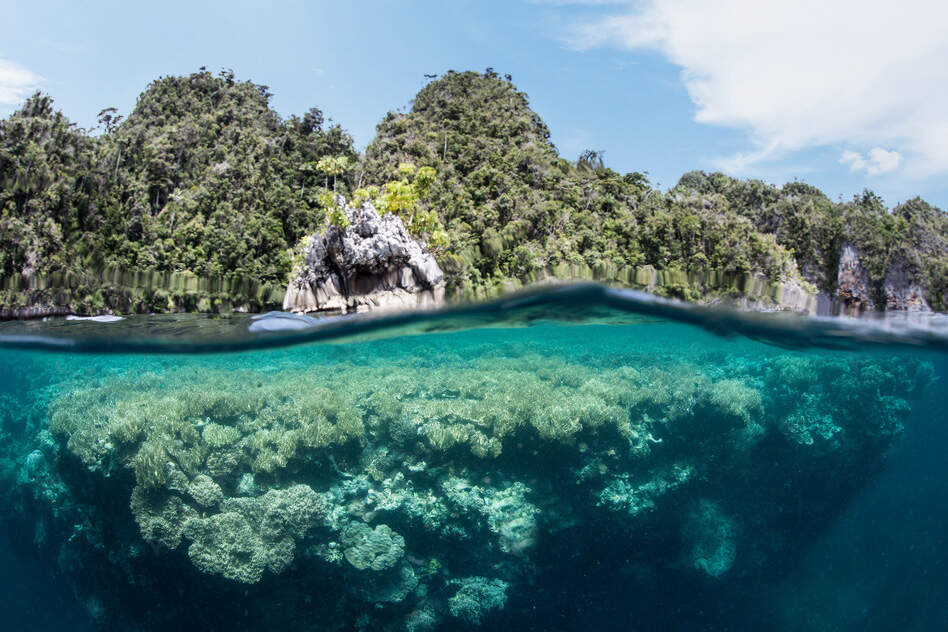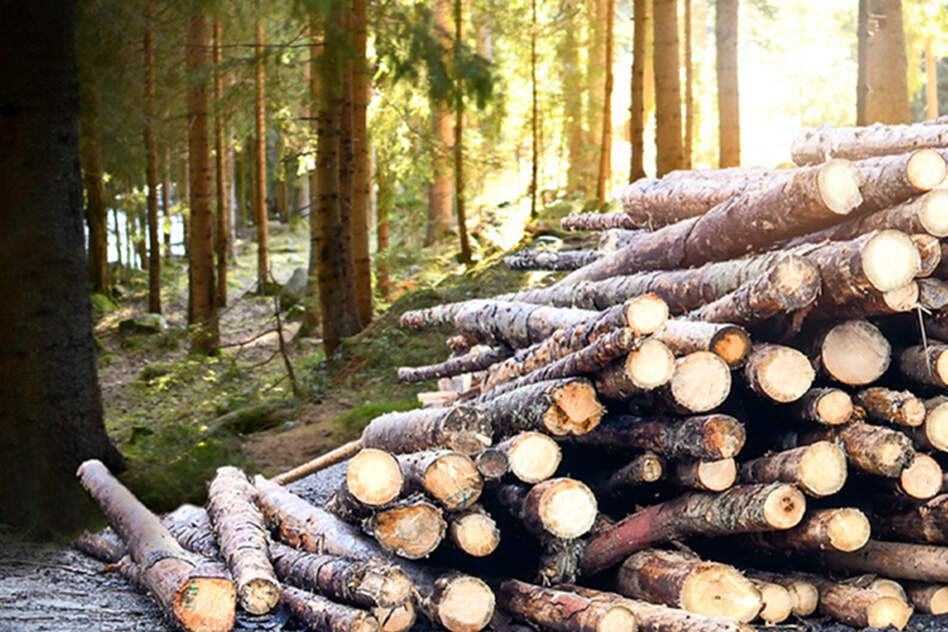The Role of Sustainability and Nature to Our Future
Posted on: May 16, 2022
Nature is the foundation for all living organisms — and it’s essential for the survival of future generations. That’s why sustainability is a pressing challenge for today’s economic and environmental interests.
Whether you live in an urban cityscape or a small farm, nature provides the food, shelter and air we need to survive. It’s also the driving force behind our weather and natural resources. But it’s quickly being negatively impacted by human activities, from deforestation to pollution, current practices are compromising the ability of future generations to meet their needs.
That’s why when we discuss sustainability and nature, the ultimate goal is to provide for our future. Read on to learn more about how nature sustainability practices, such as sustainable forestry and agriculture, can help combat global warming and preserve our biodiverse ecosystems.

What is the future of sustainability and nature?
The earth is currently in a climate crisis. From carbon emissions to rising sea levels to extreme weather events (e.g., drought, flooding, hurricanes, etc.), nature is being threatened due to unsustainable human practices.
The solution? Sustainable development to maintain current needs while still preserving nature and its resources for the future. This means learning more about green technology, renewable energy sources and practices that prioritize our forests, land and water.
Although this may appear daunting, these changes don’t have to conflict with global economic interests. In fact, the focus on conservation doesn’t have to negatively impact land development. Achieving sustainability for future generations goes hand-in-hand with economic gain — and it will protect our natural ecosystems.
For students, professors and researchers looking to broaden their understanding of climate change, a great reference is Arthur P Cracknell and Costas A Varotsos’ “Understanding Global Climate Change: Modelling the Climatic System and Human Impacts.” Breaking down the whole climactic system, this book uses ground data, satellite data and human impacts to discuss the future of climate change.
To gain a deeper understanding of the economic “costs” of combating climate change, take a look at Michael Curley’s “The Price of Climate Change: Sustainable Financial Mechanisms.” As a useful guide and reference point, Curley analyzes the effects of global warming and what it will cost us and our natural habitats. He then discusses the price humans “must pay” to actively mitigate climate change.
Looking for additional sustainability solutions? Explore our blog, “Combating Climate Change: The Role of Science and Engineering.
What is sustainable forestry?
Sustainable forestry, also known as sustainable forest management, aims to meet human needs for forest resources without compromising availability for future generations. Conceptually, this means implementing practices that can produce needed products and services while still mimicking nature’s typical patterns of regeneration.
Humankind cannot survive without forests. Through their natural processes, trees are responsible for producing the oxygen we breathe and absorbing our carbon emissions from the atmosphere. Sustainable forestry is one of the key ways that humans can mitigate the climate crisis, especially since forests can help absorb the large amount of fossil fuel emissions that human activity produces. Beyond carbon emissions, our forests are home to a large percentage of the planet’s terrestrial animals, which are integral to our natural ecosystems.
However, despite all of these factors, humans are depleting our natural forest resources faster than they’re being replenished. Due to this, it’s essential that humans learn and implement sustainable forestry practices and regulations sooner rather than later. Once our forests are gone, there will be no way to sustainably support ourselves and our future generations.
Explore sustainable forestry in greater detail with John L. Innes and Anna V. Tikina’s “Sustainable Forest Management: From Concept to Practice.” This book comprehensively covers forestry and the worldwide stand for sustainable forest management.
For those that want to explore forestry from different perspectives, take a look at “The Earthscan Forest Library” book series. From biodiversity and restoration to law and governance, this wide collection of volumes dissects the important role of forests within broader sustainable development goals.
Best books for sustainable agriculture
Sustainable agriculture is conceptually identical to sustainable forestry. It similarly encompasses farming practices that can meet society’s need for food, textiles and services without compromising the planet’s collective future.
How can farmers achieve this? Through sustainable agricultural methods. This means prioritizing practices that reduce water usage, pollutants and unhealthy soil. For those studying sustainable agriculture, this means pursuing interdisciplinary solutions that combine a number of subjects (from biology to chemistry to economics) to find innovative solutions to complex environmental problems.
For individual consumers, sustainable agriculture can be supported monetarily. Actively choosing local food options that are created through environmentally friendly practices not only supports the local economy, but also pushes humans closer to sustainable agriculture.
Learn more about climate change and sustainable agriculture in Noureddine Benkeblia’s “Climate Change and Crop Production: Foundations for Agroecosystem Resilience.” Emphasizing modern approaches, this book provides an overview of agroecology and the current impacts of climate change on food production. It challenges the accepted ways of agriculture to demonstrate how farmers can utilize sustainable agriculture to provide for the future.
Best books for sustainability and water conservation
Beyond land practices, nature sustainability also encompasses how humans are affecting our water resources. From groundwater to surface water to seawater, all life forms depend on these natural resources to survive. However, climate change is rapidly threatening its availability and accessibility.
Current agricultural practices are quickly depleting the availability of freshwater due to irrigation processes. Similarly, the explosion of urban centers and acceleration of industrial processes to meet growing population needs, have largely increased pollution rates and water accessibility.
Explore the interdisciplinary approach to water and agricultural sustainability in Katarzyna Negacz, Pier Vellinga, Edward Barrett-Lennard, Redouane Choukr-Allah and Theo Elzenga’s “Future of Sustainable Agriculture in Saline Environments.” Saline environments may appear counterintuitive to agriculture, but this book subverts that expectation to show current research and practical cases of enhanced food production on saline lands.
Want to study real-life examples of the sustainability of groundwater? Dive into Viviana Re, Rodrigo Lilla Manzione, Tamiru A. Abiye, Aditi Mukherji and Alan MacDonald’s “Groundwater for Sustainable Livelihoods and Equitable Growth.” With 19 case studies across 16 different countries, this text identifies the importance of groundwater and the need to sustainably manage it.

Best books for sustainability and biodiversity
Just as nature includes all of the planet’s natural environments (e.g., land, ocean, air, etc.), biodiversity refers to all living organisms. Each and every single natural resource on this planet cannot survive without the biodiverse organisms that make it up.
For example, without pollination from insects and animals, such as bees, many plants would be unable to spread their seeds and proliferate. Similarly, if birds, or other pest-control agents, were to decline, agricultural crops would be increasingly damaged, ultimately depleting our food resources. Disrupting any biodiverse process would begin a cycle of unsustainable ecosystems that would fall apart and negatively impact future generations.
Biodiversity is the foundation of sustainable practices; it supports humankind at every level, from agriculture to forestry to marine conservation.
Discover the important role of green chemistry in biodiversity with Cristobal N. Aguilar, Suresh C. Ameta and A. K. Haghi’s “Green Chemistry and Biodiversity: Principles, Techniques, and Correlations.” This comprehensive text explores new applications of green chemistry that can benefit human health and the environment. It specifically supports an interdisciplinary approach to biodiversity and sustainability with innovative research.

Learn more about nature, sustainability and our future
Want to learn more about how humans can fight climate change through sustainable practices? Explore our large collection of sustainability-focused books here.


